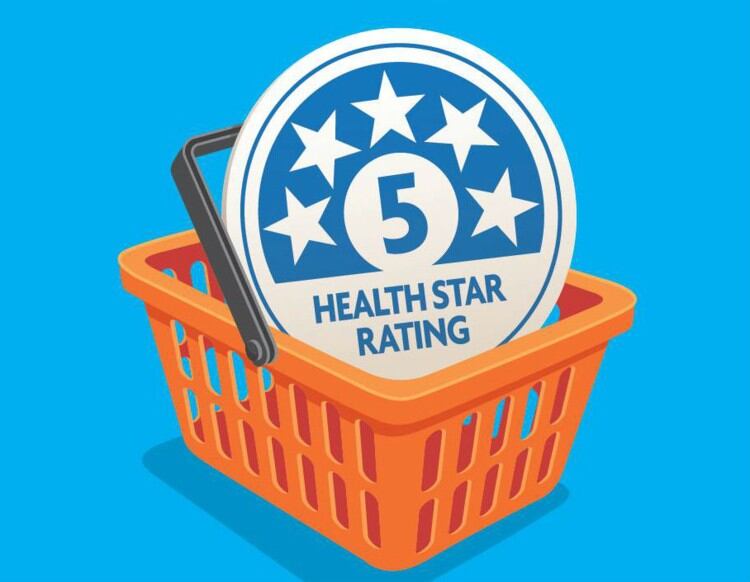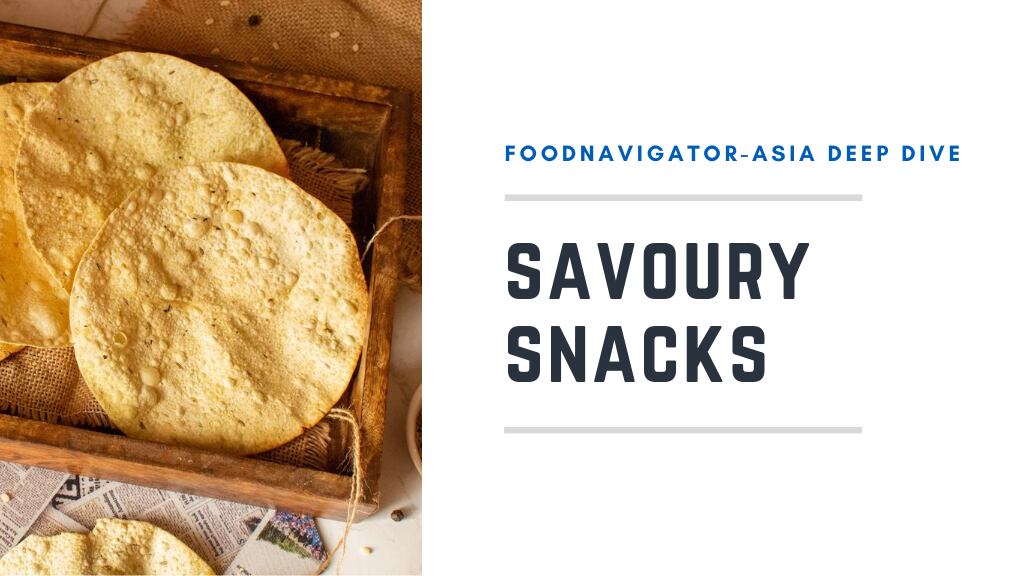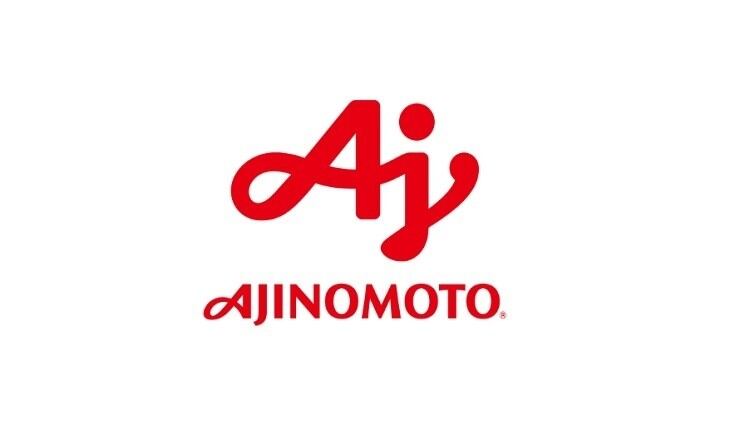The HSR scheme was first introduced in 2014 as a voluntary front-of-pack nutrition labelling of packaged foods to promote healthier diets. Products are rated from 0.5 (least healthy) to 5 (most healthy) stars. It must not be confused with back-of-pack nutritional information which is mandatory on all packaging.
Researchers from universities in Australia and New Zealand studied data of 58,905 products across both countries, observing that voluntary adoption of the HSR was associated to healthier product formulation (nutrient analysis) and improved HSR score (increasing number of stars), compared to products not on the scheme.
The findings were published in the PLOS Medicine journal.
Data collection and analysis
Researchers used the mandatory back-of-pack nutritional information panel (e.g. fibre, protein, energy, sodium, sugar, saturated fat etc) to analyse reformulation development and nutrient composition changes overtime.
They collected data of the 58,905 products across 14 food groups, through Nutritrack (2013 to 2019 data for NZ) and FoodSwitch (2014 to 2018 for Australia).
Products excluded in the HSR scheme and data collection were alcohol, vitamins, supplements, infant and toddler foods.
Products were then split into three categories at baseline (before HSR labelling), 0.5 to 1.5, 2.0 to 3.5, and 4.0 to 5.0 stars.
Findings
The findings revealed products that adopted HSR were 6.5% and 10.7% more likely to increase their HSR scores by 0.5 stars or more in Australia and New Zealand respectively.
The highest reformulation was found to be sodium and sugar.
In NZ, sodium levels dropped 4% in products adopting HSR, and 1.4% in Australia.
Sugar content dropped 2.3% in NZ products and 1.1% in Australia.
For dietary fibre, results were conflicting. Fibre content increased 1.9% in NZ products, but decreased 1.6% in Australia.
There were no changes in protein, energy, or saturated fat content observed.
Reformulation was also generally least for the products with the best baseline nutrient profile (between 4.0 and 5.0 stars) and greatest for products with the worst (0.5 to 1.5 stars). Researchers said nutritious products may have limited scope for healthier reformulation.
Limitations
While the findings suggest healthier reformulation of products under the HSR scheme, it does not necessarily translate to sales and consumption patterns.
Researchers said: “There is no consensus on whether such schemes are effective in achieving healthier consumption behaviours.”
However, the research team is planning a follow-on study analysing the effect of HSR on purchasing patterns using household data.
In addition, as this study focused on the association between HSR labelling and nutrient composition changes, it did not take into account new healthier products entering the market, some already with the HSR label.
Researchers concluded: “Our results imply that policymakers and targets should be mindful of the healthiness of products adopting voluntary labelling schemes. Mandatory adoption of front-of-pack labelling for unhealthy products is likely to maximise the public health gains arising from reformulation and likely also from changes in consumer behaviour.”
Source: PLOS Medicine
https://journals.plos.org/plosmedicine/article?id=10.1371/journal.pmed.1003427
“The impact of voluntary front-of-pack nutrition labelling on packaged food reformulation: A difference-in-differences analysis of the Australasian Health Star Rating scheme”
Authors: Laxman Bablani, et al.




